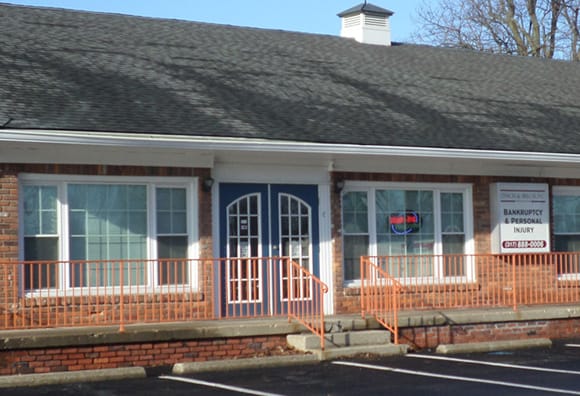Filing for bankruptcy is usually a difficult decision that takes a lot of consideration beforehand. While there is a negative stigma associated with filing for bankruptcy, the truth is that for many people it offers the financial relief necessary to continue supporting themselves or their families.
In fact, in 2017 alone nearly $1 million people filed for bankruptcy, the most common of which was a chapter 7 bankruptcy. If you are considering filing for bankruptcy, you may wonder if a chapter 7 is right for you, and how your debts will look afterward. Keep reading for more information.
There are no repayment plans during a chapter 7 bankruptcy
As found on the United States Court website, a chapter 7 bankruptcy does not involve filing a repayment plan. What happens instead is that you must liquidate your nonexempt assets to pay as much as possible to the collectors. The Bankruptcy Code will allow you to keep certain properties that are “exempt,” such as a homestead property, but you may have to sell other properties to meet financial obligations.
How discharge works under chapter 7 bankruptcy
Once you liquidate your nonexempt assets to pay creditors, the court will likely discharge the remaining balance of your total debts. That means that for most debts, creditors will no longer be able to take any actions against you to collect those debts. Generally speaking, the bankruptcy court issues discharge orders moderately early in most cases. An exception to this is if a party in interest files either a motion to extend the time to object or files a complaint against the discharge.


